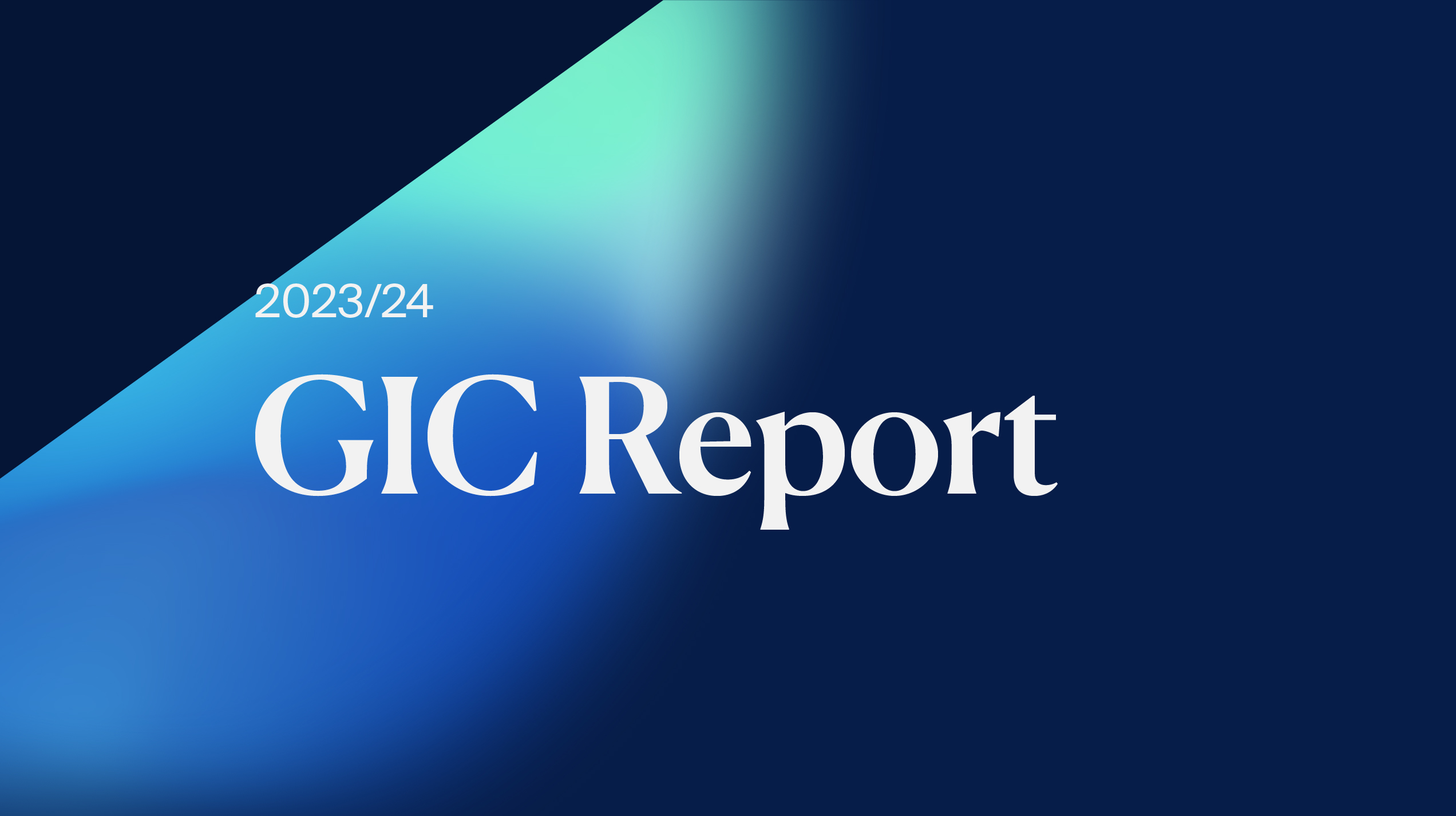The perennial question – “can we have it all?” – lies at the heart of the debate today about flexible work.
When organisations rushed to implement work-from-home (WFH) policies during the pandemic, few might have anticipated the productivity gains, work-life balance benefits and other positive outcomes that employees were able to achieve through remote work.
Such benefits have spurred employees’ desire for extended flexibility – not just in their work locations, but also in their schedules, job scopes and more.
81% of C-level executives in LinkedIn’s Global Talent Trends 2022 report say they will adapt their workplace policies to offer greater flexibility and make remote work the new norm, as flex work is fast becoming a key value proposition for talent attraction and retention.
But there is also some pushback against flexible work. Less onsite, in-person time poses challenges to building cohesive teams and culture, as hybrid work could erode the collaborative apprenticeship culture. It could also reduce opportunities for serendipitous “water cooler moments” and hallway networking that so often spark innovative ideas and camaraderie.
Flex is complex
Most corporate leaders would agree in principle that flexibility will be mainstream in the future of work.
But there is still considerable debate about whether achieving the best of both worlds – onsite and office – is a realistic outcome for every company to strive for. The reason for this hesitancy about hybrid work is simple: it’s complicated. The practical details about which days to require which teams or individuals to come into which office to do what group tasks can demand extensive collaborative juggling, and employees might end up emotionally exhausted.
Going full-on flexible brings that complexity to a whole new level. It calls for variation, personalisation and customisation on such a large scale that a one-size-fits-all policy would be impossible even within a single organisation – not to mention an entire industry. A principles-based approach to flexible work could be the answer. Organisations can identify key principles to shape the design of flex work and guide its implementation. This could be a critical first step in a longer-term journey to realising the full benefits of flexibility while minimising its downsides.
In addition, useful reference guidelines such as the playbooks developed by the Institute for Human Resource Professionals (IHRP) could help to frame the business context and weigh the range of factors to be considered when implementing a hybrid workplace.
GIC’s flex work principles
At GIC, we recognise that navigating this new era of flexible work is a continuous learning journey. We are thus committed to optimising hybrid work arrangements across our global offices to achieve better outcomes for all stakeholders, and marry the best of both worlds, onsite and remote.
Onsite interactions work best when performing work that requires brainstorming, iterative discussion and feedback. In-person engagements are also most effective for onboarding new hires who will find it much easier to build their network, meet colleagues and foster relationships for team bonding. It could also help to better manage blurred boundaries between work and rest.
Working from home enables higher productivity for activities that require deep focus and concentration, assuming a conducive home set-up. The time saved from commuting allows for more time with family and more flexibility in our schedules to accommodate other life priorities.
Rather than prescribing top-down rules, we have worked with a set of key principles that empower our people to take accountability for their work and personal goals. These principles also anchor us in our PRIME (Prudence, Respect, Integrity, Merit and Excellence) values, which provide a compass for how we deliver our work, drive organisational learning and build trust with collaboration.
The first principle, being adaptable amid changing circumstances, encourages our employees to embrace new ways of flexible working to sustain high performance and maintain an openness to learn and adapt to what is most effective. The specifics will depend on our individual roles and activities. For instance, some roles may require us to be onsite for fixed periods, while others may come to the office for team meetings but spend irregular hours at home to focus on analytical work.
As burnout is a common risk of hybrid work in our fast-paced environment, we also need balance to set healthy boundaries for work and rest. Employees who are well-equipped with the right technology tools, prioritisation skills, resourcing support and growth mindsets will be able to deal with stress points and manage work-life balance better.
This ties in with the third principle of connecting with others, which is critical for fostering meaningful relationships, communicating and building trust – a powerful part of the OneGIC culture. To begin with, we have introduced a baseline of three days a week in the office. Individual teams have the autonomy to pick which days, as long as they coordinate the same days to maximise interaction. The office remains the hub for where most of our collaborative work gets done, and where apprenticeship and culture are reinforced when people come together.
Optimising flex work is not the end goal, but a means to an end – delivering on outcomes. Each organisation needs to clearly delineate and communicate their desired outcomes, which can differ even for companies within the same industry. Our focus on results, not face time, will determine the appropriate measures of performance to assess the achievement of our KPIs and priorities. The flexibility applies to where the work is performed, but not to goals and performance targets which are consistently set high.
Our fifth principle focuses on energy. The best way to sustain long-term high performance is to thrive in an environment where we can be physically energised, mentally focused and emotionally engaged in things that matter. This will increase our resilience and enable us to perform better in all areas of our lives.
At GIC, we curate employee development programmes to holistically boost our energy and wellbeing, understand our strengths to encourage a thriving mindset, and stress biotypes to develop coping mechanisms. Wellbeing matters not just to individuals, but also extends to teams, as this is where people spend most of their time and where we make decisions for the business. For teams, we emphasise learning and innovation, honest conversations, goal alignment and meaningful relationships. Prioritising team wellness will allow our people to become more agile, inclusive, and consistent in delivering performance.
Ultimately, we will strive towards continuously improving our flexible work arrangements to deliver maximum performance while enabling employee wellness.
Flex-able leadership
Principles may not simplify flex work policies, but they operate as a foundation to address ambiguity and potential concerns about equity or fairness that inevitably arise when tailoring flex arrangements for individuals and teams.
Flex work can be a great enabler of inclusiveness by allowing for more diverse workforce participation, especially given the wide range of hybrid work options that are possible, such as job shares, compressed hours, term-time working and flexi-hours.
What is essential is situational leadership to ensure flex work attains optimal outcomes for all stakeholders – companies, employees, partners and customers. We need empathetic, adaptable and agile managers who can apply principles of flex work wisely to individual situations and make the right choice from the available work options.
Leaders must be open to the perspectives of others and harness the collective knowledge of their teams, which will help them to leverage individual strengths, instil a sense of belonging in their teams, and create an inclusive culture.
Keep up the momentum
Over the longer term, it is clear that the benefits of flexible work – better employee engagement, talent retention and attraction, as well as business resilience – outweigh its disadvantages. Flex work has become an important factor in how employees make career choices and how employers can shape their value proposition.
In the future, digital innovations such as the metaverse can potentially help address the limitations associated with hybrid work, by offering new ways to foster organisational culture through virtual tools such as avatars, virtual reality onboarding tours for new hires, and more. New generations of consumers and workers may benefit from enhanced social interaction tools and customised experiences on mixed reality platforms.
Companies should maintain and improve on flexible work arrangements. By identifying the principles of flex work that align with our mission, business model and organisational values, we can enable people to be their best at work and at home, while positioning ourselves well for the hybrid workplace and the future workforce.







